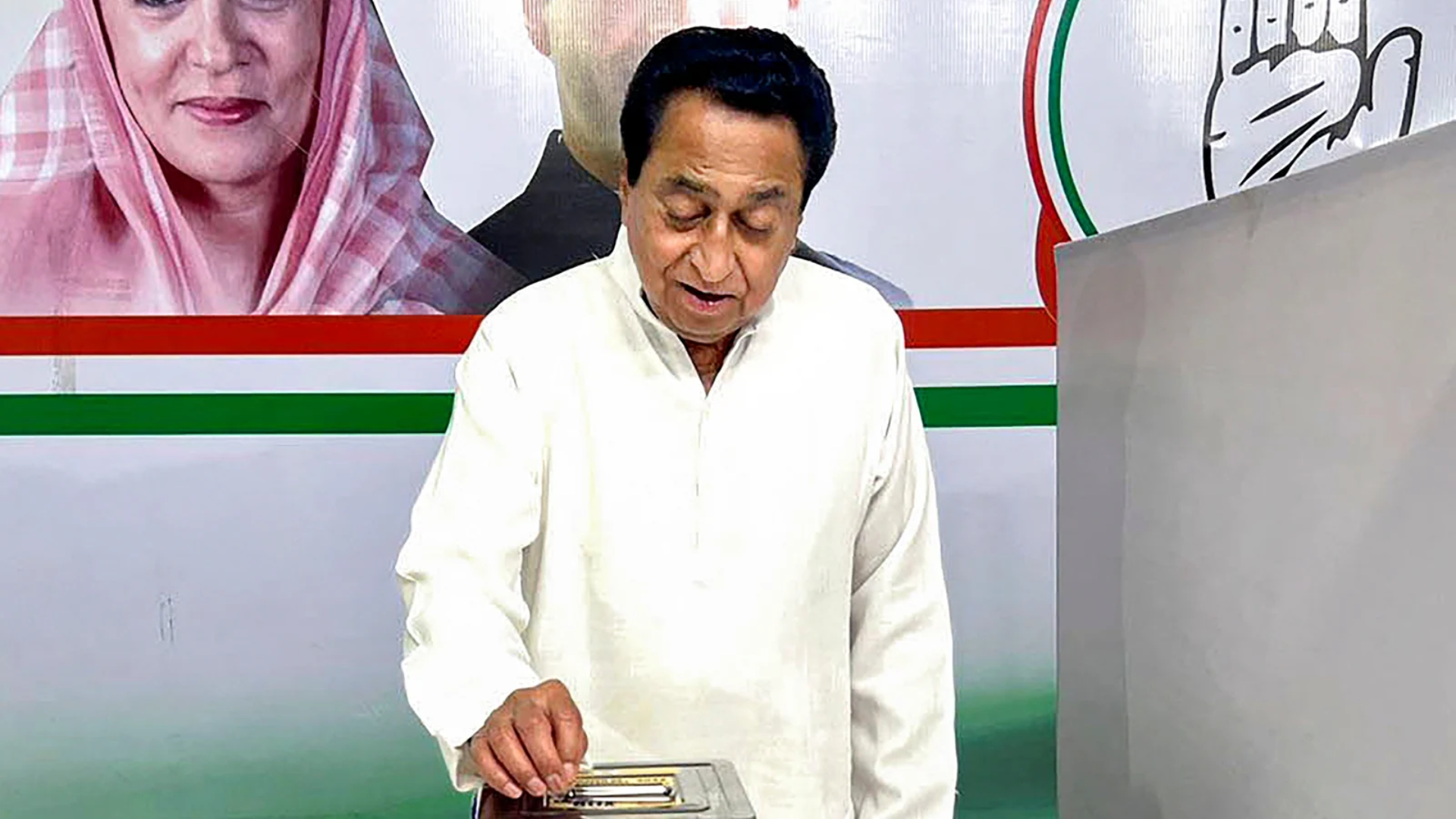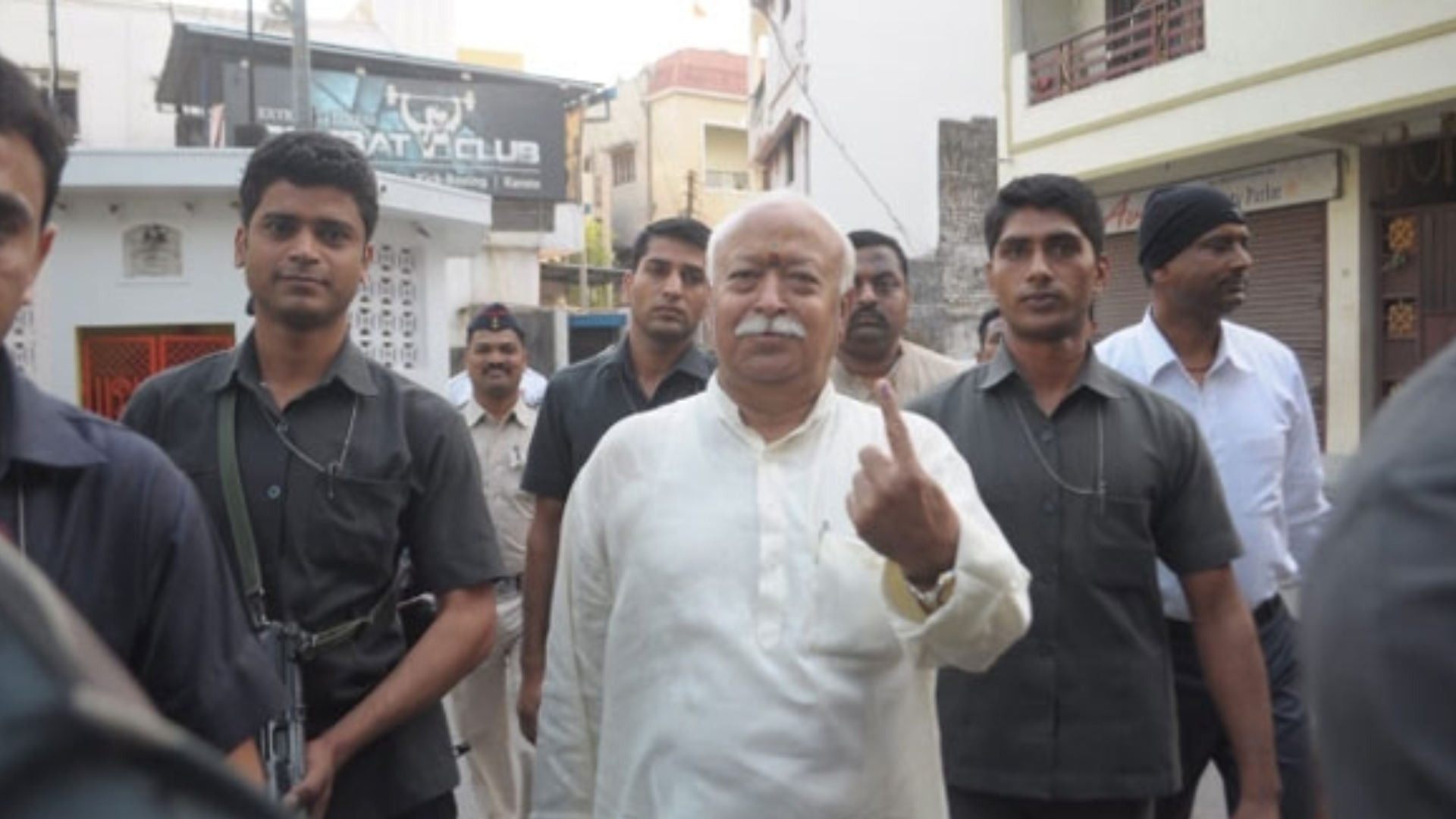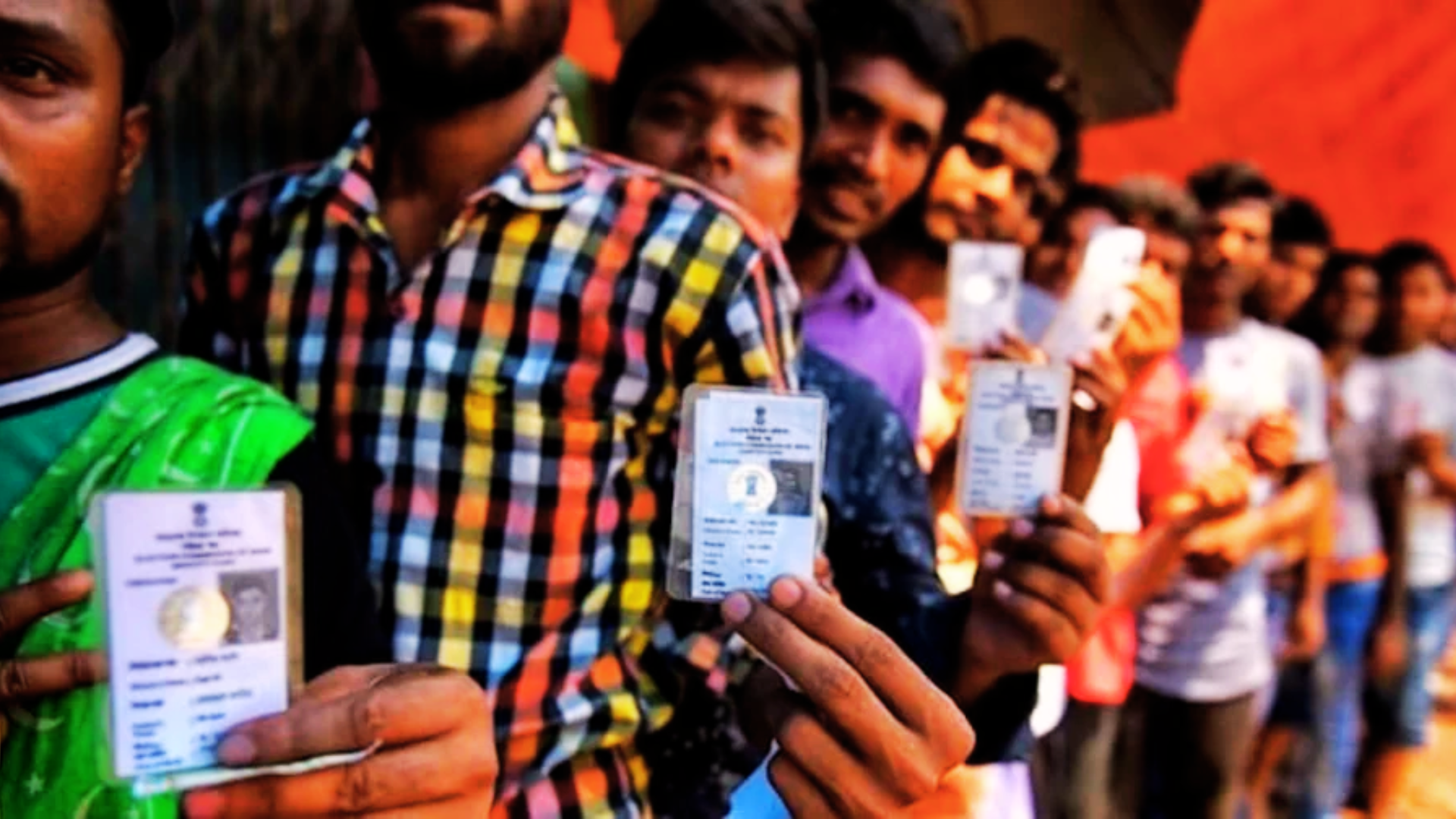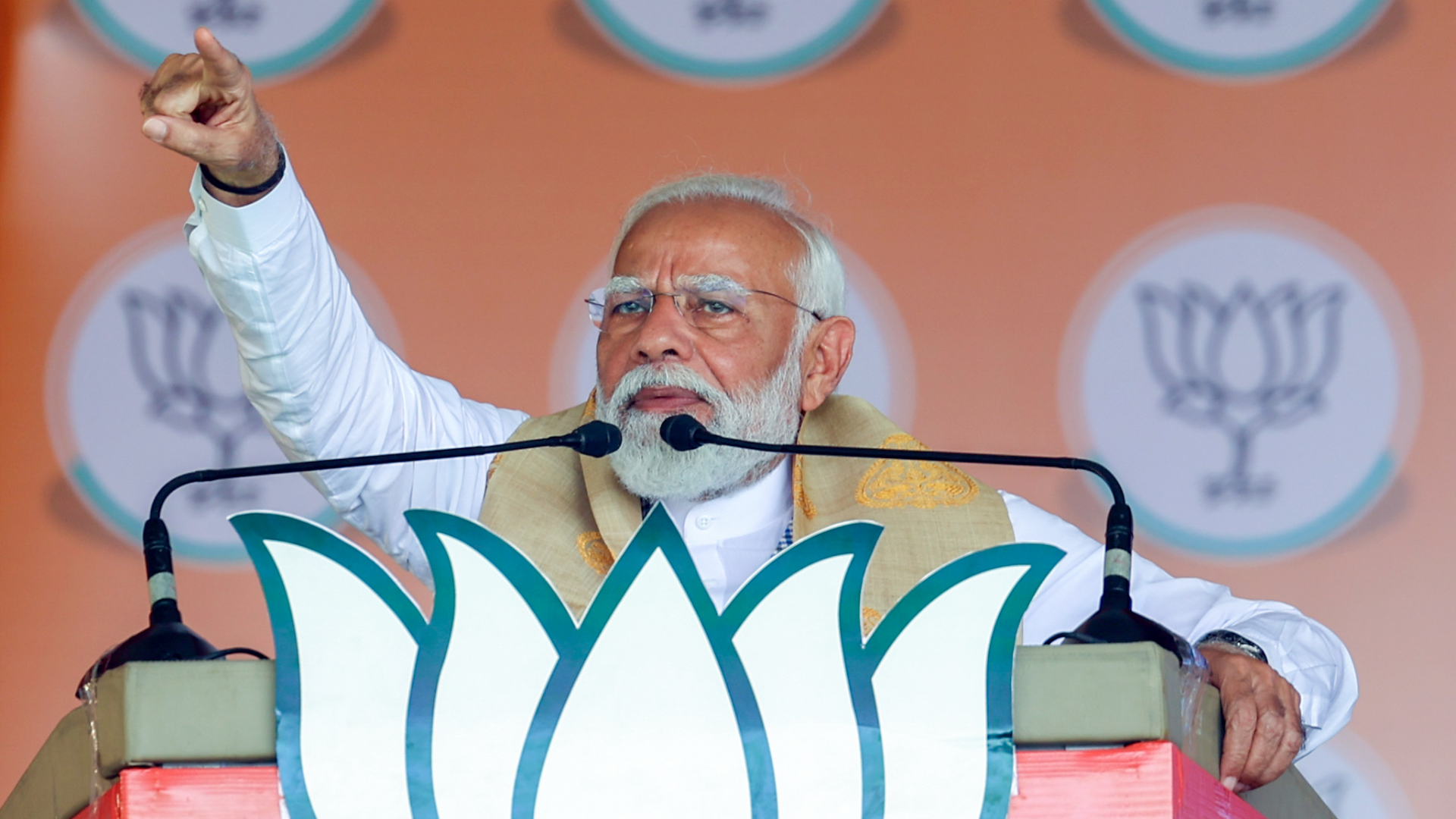






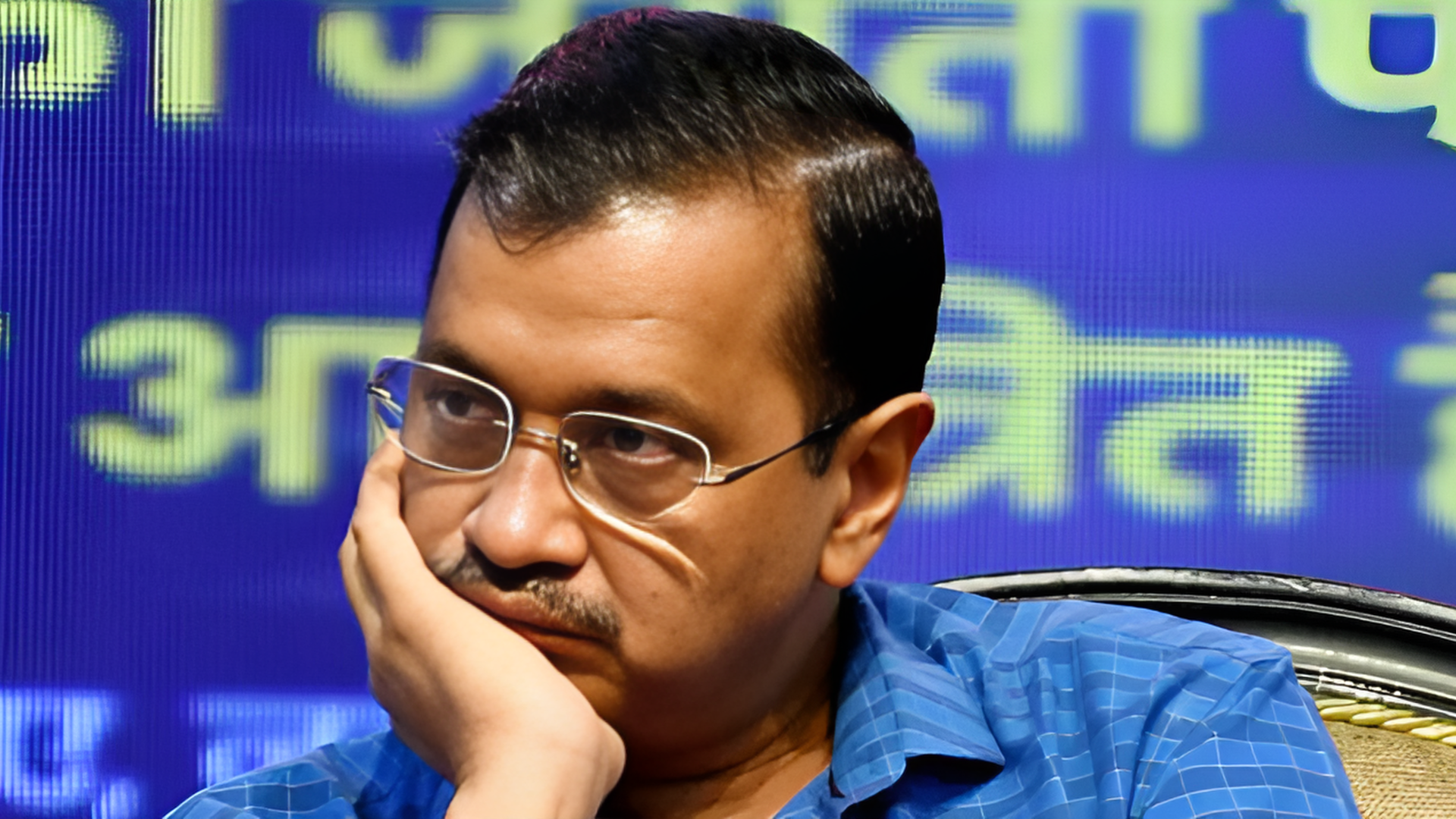
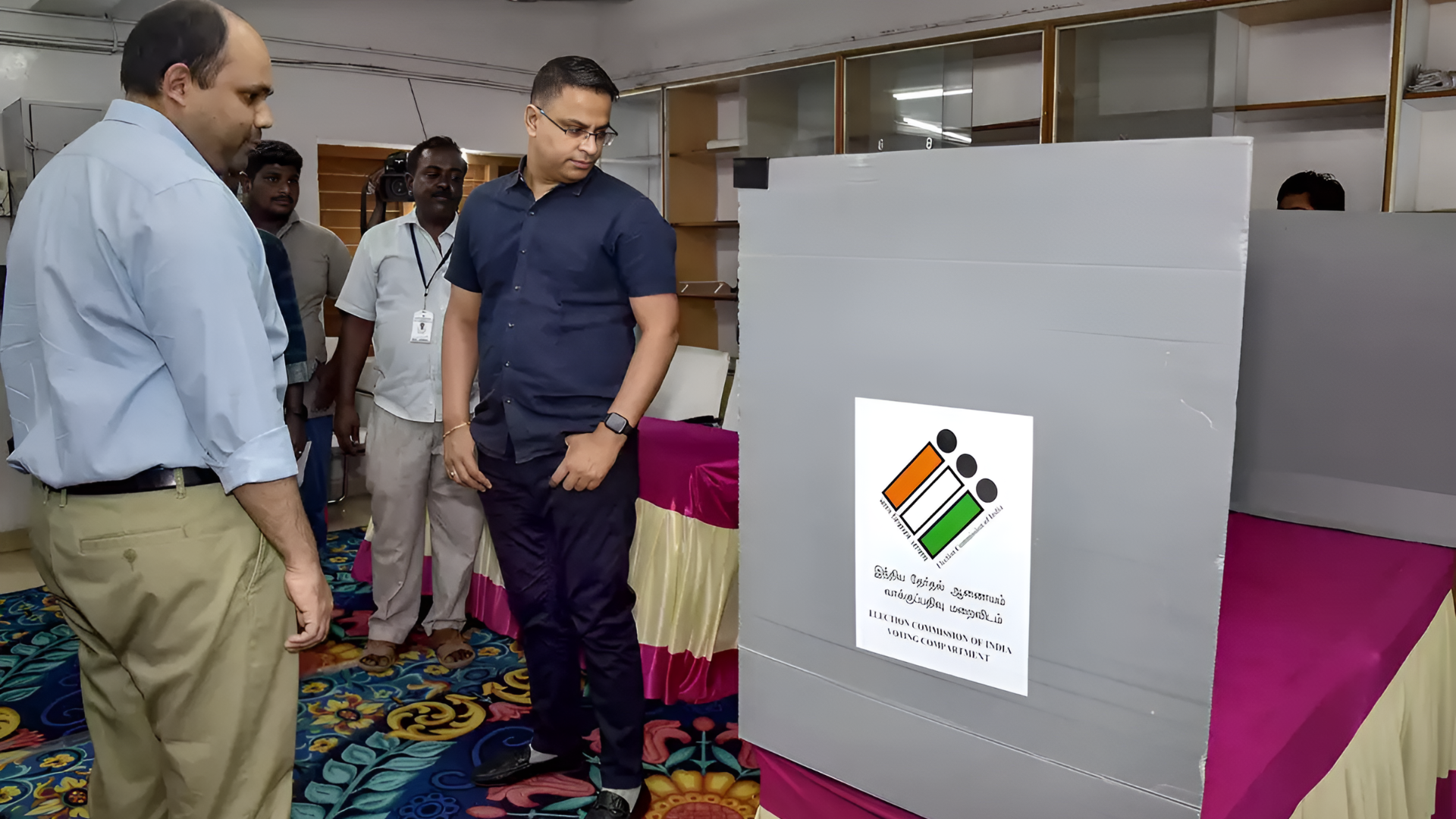
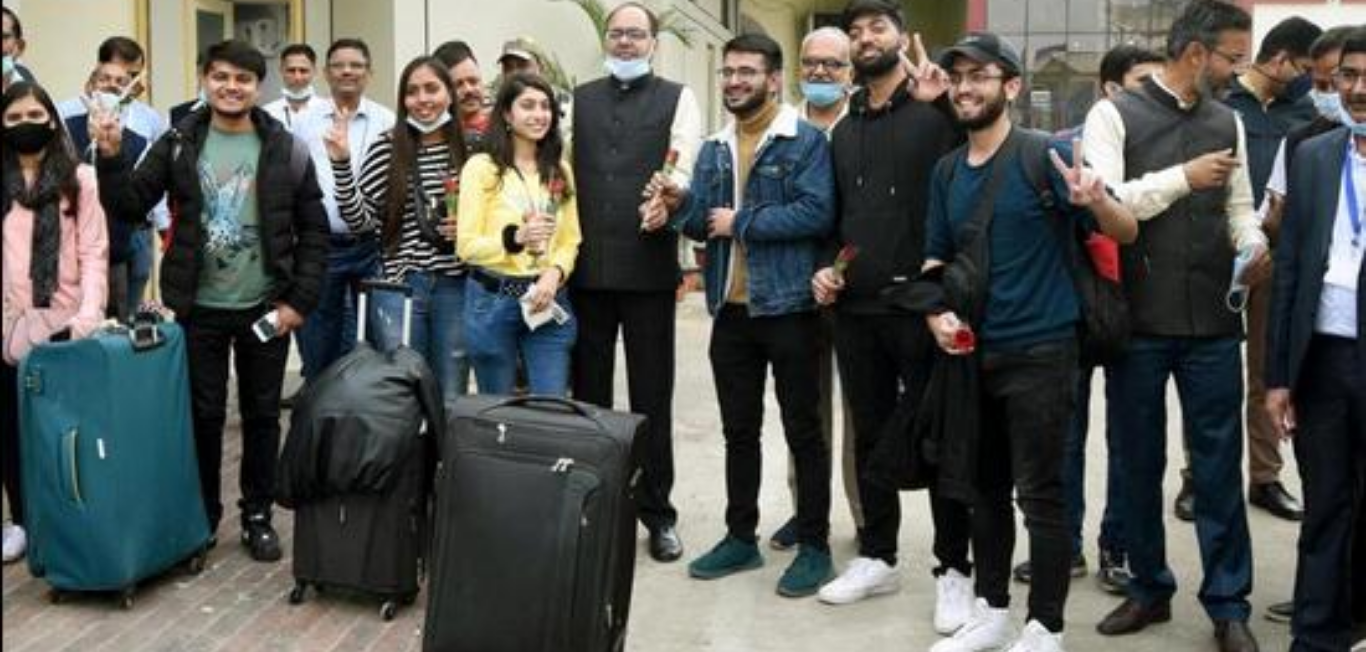
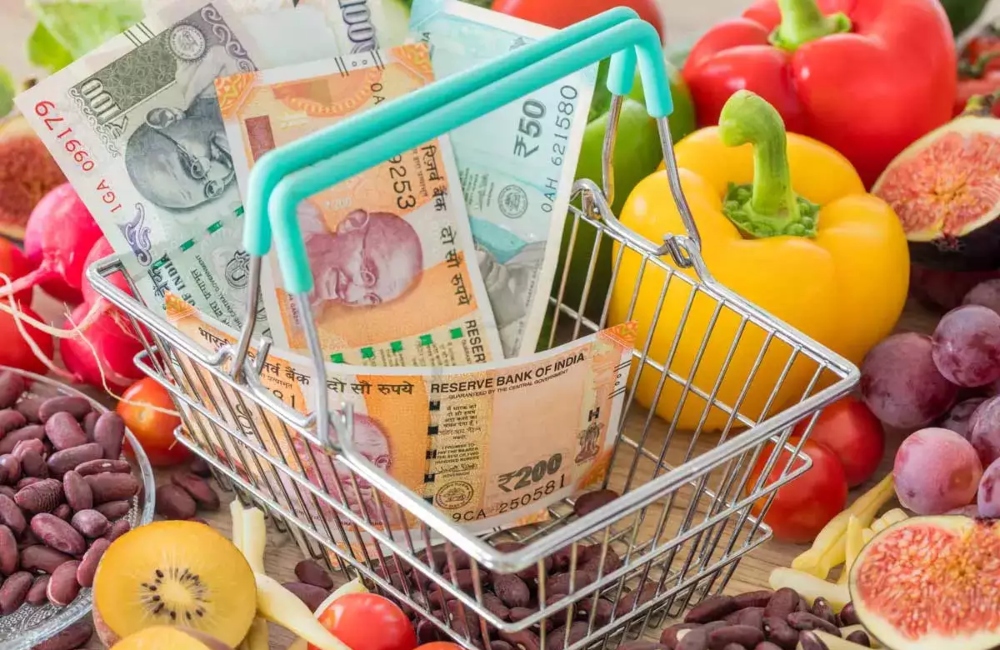
Wholesale inflation in India, as measured by the Wholesale Price Index, fell to -0.92% in April, according to official data released by the Ministry of Commerce and Industry.
This is the first time this has happened since July 2020. Wholesale inflation has been falling, and it was 1.34 percent in March, down from 3.85 percent in February.
Overall wholesale inflation was 8.39 in October and has since fallen. Notably, until September, wholesale price index (WPI)-based inflation had been in double digits for 18 months in a row.
Food articles, cereals, wheat, vegetables, potatoes, fruits, eggs, meat and fish, minerals, crude petroleum and natural gas, and steel, among other things, contributed to the April decrease in inflation.
In India, retail inflation fell sharply in April to 4.7 percent, an 18-month low, from 5.7 percent the previous month.
Retail inflation in India has been above the RBI’s 6% target for three consecutive quarters, and it will only return to that level in November 2022.
The RBI is deemed to have failed in managing price rises under the flexible inflation targeting framework if CPI-based inflation falls outside the 2-6 percent range for three quarters in a row.
The Reserve Bank of India decided to keep the key benchmark interest rate — the repo rate (the rate at which the RBI lends to other banks) — unchanged at 6.5 percent in its first monetary policy review meeting this fiscal in April, to assess the effects of the policy rate tightening done thus far.
With the exception of the recent pause, the RBI has raised the repo rate by 250 basis points since May 2022 in order to combat inflation.
Raising interest rates is a monetary policy tool that typically helps to suppress demand in the economy, allowing the inflation rate to fall.

